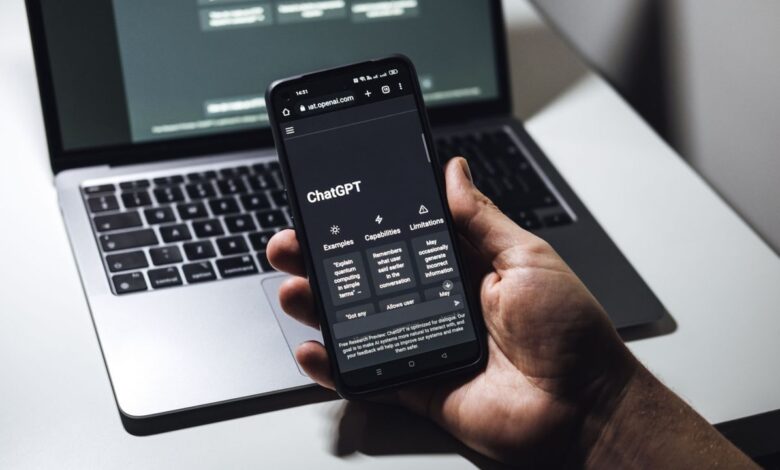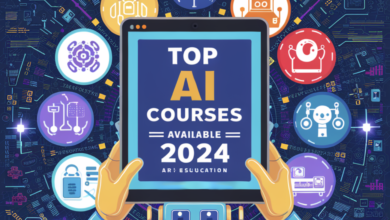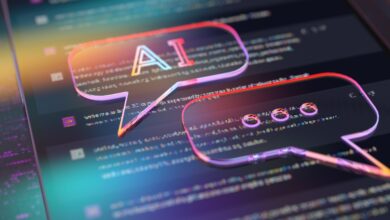When to use generative artificial intelligence in patent drafting | Future of IP

Despite its risks, AI can be a useful partner in patent applications. Shwetangi Sinha and Vasu Bral of Sagacious IP offer a useful guide for patent attorneys.
The advent of large language models (LLMs) and advanced generative AI, such as OpenAI’s ChatGPT (‘Chat Generative Pre-trained Transformer’) and Google’s BERT (‘Bidirectional Encoder Representations from Transformers’), has sparked significant interest owing to their ability to generate human-like responses across diverse topics.
These LLMs have immense potential to revolutionise various industries, including IP.
In the IP domain, generative AI technologies hold immense potential for streamlining various tasks, including prior art analysis, trademark searches, and automated contract generation, thereby significantly enhancing efficiency and accuracy. However, one area where this technology truly shines is patent drafting.
Generative AI models, such as ChatGPT, have made remarkable advancements in generating human-like text. As these models continue to evolve, their integration into the IP sector presents an opportunity to automate drafting processes while exercising appropriate caution.
Role of GenAI in patent drafting
Effective patent drafting accurately captures an invention’s novelty, inventiveness, and utility while ensuring compliance with patent laws. A well-drafted patent safeguards the inventor’s intellectual property and serves as a valuable asset for licensing, commercialisation, and enforcement.
ChatGPT uses its reasoning ability to assist in this complex process, transforming an inventor’s concept into a structured application that maximises protection scope, while offering several advantages, including rapid drafting, integration with human expertise, and identification of alternative implementations.
While some AI enthusiasts claim that AI tools can independently draft complete patent applications, this expectation is often unrealistic. The process of patent application drafting begins with extracting viable information, which demands a comprehensive technical understanding of the invention under consideration. This step is especially crucial in intricate drafts, such as those involving cutting-edge technologies, where ChatGPT may encounter challenges.
Nevertheless, AI offers valuable contributions.
Best use cases of AI in patent drafting
While AI cannot be solely relied upon to generate the final patent application, it can certainly provide a valuable head-start. It’s evident that AI excels in understanding and manipulating large volumes of text. In the patent drafting process, variety of data is typically available, including an invention disclosure and references to prior art (patents, research papers, etc.). Therefore, AI can be instrumental in:
- Comparing invention and prior art: ChatGPT can conduct a comparative analysis between the invention and prior art, highlighting novel features and helping delineate the patent scope. This capability streamlines the initial stages of drafting, providing valuable insights to patent attorneys and drafting professionals.
- Generating initial claims: AI can produce a concise set of initial claims to guide further drafting, providing a foundational framework for patent applications. These initial claims serve as a starting point for human refinement and augmentation. This means patent attorneys and drafting professionals may not need to start from scratch each time they begin their work.
- Supplementary research: The LLM can serve as a valuable tool for supplementary research, akin to how patent attorneys currently use resources like web searches, Wikipedia, and academic papers. However, its use should be restricted to generating text for non-innovative sections of the application, such as boilerplate sections, discussions of the state of the art, and contextual information.
Observation: On asking AI to generate comprehensive claim sets, the quality may suffer, but smaller claim sets are more efficient.
Possible Reason: This could be because AI’s response time stays the same regardless of the number of claims it needs to generate. Whether it’s drafting a single claim or multiple claims, the AI dedicates the same amount of time to each.
Thus, as the number of claims increases, the AI may not have enough time to delve deeply into each one, leading to less comprehensive and potentially lower-quality claims.
Addressing these considerations and leveraging AI’s capabilities effectively can significantly enhance the efficiency and accuracy of patent drafting processes. Collaborative efforts between AI developers, legal experts, and innovators are imperative for responsibly advancing AI’s role in intellectual property management.
Potential pitfalls and considerations
Despite their capabilities, it is essential to acknowledge potential pitfalls and considerations when integrating generative AI into the patent drafting process.
- Legal compliance: LLMs may lack nuanced understanding of legal intricacies, potentially leading to errors or omissions in patent applications. Legal professionals must meticulously review and validate AI-generated content to ensure compliance with patent laws and regulations, mitigating legal risks.
- Limited contextual understanding: While proficient in pattern recognition, LLMs may lack domain-specific contextual understanding, leading to oversights in technical details or broader invention context.
- Accuracy challenges: Ensuring accuracy in AI-generated content can pose challenges in maintaining the integrity of patent applications. A single inaccuracy can lead to a chain of errors, making it difficult for inventors to review all documents thoroughly, especially considering the presence of legal terminologies and patent-specific terms.
- Suboptimal target training: Despite attempts to target train AI models using patent documents, the results have often been suboptimal, highlighting the complexities of patent drafting that require human expertise.
So, overreliance on AI without human input may compromise the overall quality and integrity of patent applications. Striking a balance between leveraging AI for efficiency and maintaining human oversight is essential to ensure application accuracy, novelty, and comprehensiveness.
Security considerations
Security and data privacy are paramount when handling new inventions and proprietary information. Recent incidents of data leakage from public AI tools like ChatGPT have understandably raised alarms.
Most LLMs are operated by private companies and remotely hosted as cloud-based services. The terms and conditions of your end-user agreement with the third party will almost certainly state that the third party will collect and store your conversations with its LLM. Additionally, your stored data may be used to train future iterations of the LLM.
This means that if you ask an LLM to draft claims or specification text drawn to any aspect of the claimed invention, you may be disclosing this invention to a third party. Doing so may not only start the 12-month grace period for filing the application in the US, but it may also prevent an application from being filed in any country or region that requires absolute novelty.
To mitigate these risks, it is not recommended to input sensitive invention disclosures or proprietary data into publicly available AI tools. Instead, consider leveraging Large Language Models (LLMs) like GPT-4, Claude, or PaLM (Pathways Language Model) via secure API access.
- Confidential API access: All major AI providers, such as OpenAI, Anthropic, and Google, offer confidential API access to their LLM models. These confidential APIs ensure that input data remains secure and is not utilised for retraining the models or any other unintended purposes.
- Open-source models in private data centres: An alternative approach is to use open-source LLM models hosted within a private data center or a cloud provider like AWS or Google Cloud. In this setup, the LLM models and proprietary data never leave the controlled environment, significantly mitigating potential risks.
Patent professionals must carefully evaluate their security needs and comfort levels when integrating AI into their workflows. Implementing robust data protection measures and thoughtfully balancing risks and benefits are crucial for responsibly harnessing the power of AI for patent drafting and IP management.
What ChatGPT can do and what not
Capabilities and limitations
- Rapid draft generation: AI expedites the drafting process, generating patent applications quickly and efficiently.
- Limited understanding of latest technologies: AI may struggle with recent technological advancements.
- Providing outlines for patent claims: AI offers structured outlines, aiding in the organisation and coherence of applications.
- Inaccurate descriptions without human oversight: AI-generated descriptions may lack accuracy without human supervision.
- Identifying alternative implementations: AI suggests alternative implementations, fostering creativity and exploration.
- Lack of originality and novelty in inventions: AI may not generate truly novel solutions due to its reliance on historical data.
- Assisting in non-innovative parts of applications: AI handles non-innovative sections, freeing up time for human focus on innovative aspects.
- Inability to fully address legal complexities: AI may not fully comprehend intricate legal nuances in patent applications.
- Generating text for background, summary, advantages: AI generates text for various sections, providing context and highlighting advantages of patent applications.
- Potential security risks with confidential information: AI poses security risks when handling sensitive information in patent applications.
Final thoughts
While generative AI offers significant benefits for patent drafting, such as expediting the process and providing valuable assistance in tasks like outlining patent claims and identifying alternative implementations, it also comes with limitations.
These include potential inaccuracies in AI-generated descriptions, challenges in understanding complex legal nuances, and the risk of overreliance on AI without human input.
Despite these challenges, AI remains a valuable tool in patent drafting, improving efficiency and productivity when used in conjunction with human expertise. It’s crucial to address security concerns associated with AI tools to protect sensitive information.
Ultimately, the integration of AI into patent drafting should be approached thoughtfully, balancing its capabilities and limitations to optimise efficiency and accuracy.
Shwetangi Sinha is project manager, ICT Drafting and Prosecution at Sagacious IP
Vasu Bral is project manager, ICT Drafting and Prosecution at Sagacious IP



